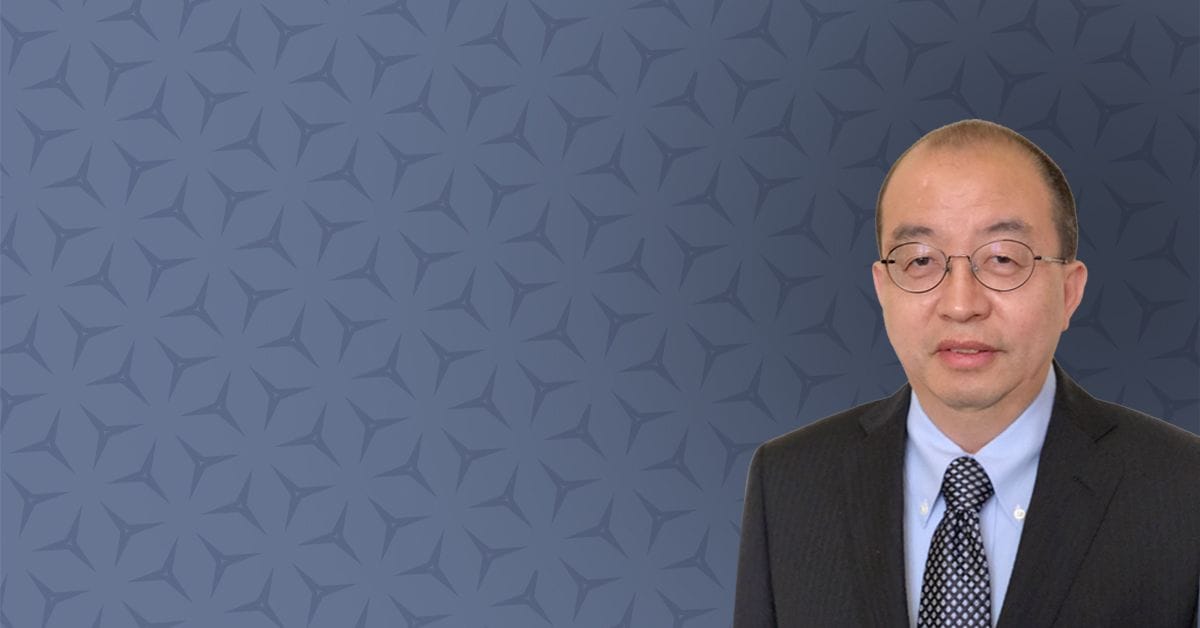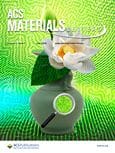In this interview, Prof. Zhou discusses his research, shares his plans for the journal as Deputy Editor, and reveals which emerging areas of interest he's most excited to see published.

ACS Publications is excited to welcome Professor Hong-Cai (Joe) Zhou as the new Deputy Editor of ACS Materials Letters.
Prof. Zhou earned his B.S. and M.S. degrees from Beijing Normal University, and then completed his Ph.D. in 2000 at Texas A&M University under the tutelage of F. A. Cotton.
Following a postdoctoral fellowship at Harvard University with R. H. Holm, he began his independent career at Miami University in Oxford in 2002. He rose to the rank of a full professor within six years, returned to Texas A&M University in 2008, was named a Davidson Professor of Science in 2014, and was awarded the Robert A. Welch Foundation Chair in Chemistry in 2015.
He previously served as an Associate Editor for Inorganic Chemistry from 2013 to 2023.
Prof. Zhou is internationally recognized for his synthetic contributions to Molecular Pore Engineering, which he defines as "the design, synthesis, and application of framework materials with tailored individual and collective pore behaviors using molecular building blocks." His work aims to create a robust materials foundation for designing pore spaces with specific applications, driving innovations in this transformative field.
We recently spoke with Dr. Zhou to learn more about his plans as Deputy Editor of ACS Materials Letters.
What excites you about your current research?
What excites me most about my current research is Molecular Pore Engineering—the design, synthesis, and application of framework materials with tailored pore behaviors, both individual and collective, using molecular building blocks. This work lays the foundation for designing hierarchically porous structures adorned with programmable functional groups. These advanced architectures address critical challenges by enabling ordered systems capable of channeling mass and energy flow. Such properties are essential for applications in catalysis, energy harvesting and storage, and information processing.
What challenges did you have to overcome on your path to becoming who you are today?
Everyone faces obstacles on their journey to becoming who they are today. As a student, I have had to confront the limitations in the breadth and depth of my knowledge, striving to expand my understanding and skills. As an advisor, I continually grapple with securing resources and putting in significant effort to attract talented students, ensuring my research group has the foundation it needs to thrive.
What opportunities in your field excite you the most?
In a typical homogeneous catalytic reaction, the active site is isolated through strategies such as ligand design and the use of non-coordinating solvents, ensuring that the overall reaction reflects the sum of the processes occurring at each individual active site. In contrast, in a typical heterogeneous catalytic reaction, the interactions and processes occurring on the catalyst's surface predominantly dictate the overall reaction outcome. A framework material capable of precisely controlling the environment within individual pores offers a unique advantage: it combines the uniformity and precision of a homogeneous active site with the cooperative effects and synergistic interactions characteristic of a heterogeneous surface. When structured as a crystalline framework, such materials can, in principle, be approximated as the sum of contributions from individual pores. What excites me most is the ability to engineer the microenvironment within these pores for specific functions, an approach that parallels the evolutionary optimization of enzyme active sites.
What do you think is the most interesting or important unsolved problem in chemistry?
As a chemist, the most fascinating question to me is understanding how chemical reactions occur—whether in a test tube, within an enzyme, or inside a chemical reactor. The unsolved problem that excites me the most is figuring out how to synthesize molecules or materials with optimal atom and energy efficiency while minimizing their environmental footprint.
What do you hope to bring to the journal as Deputy Editor?
The previous Deputy Editor, Dr. Bin Liu, did an excellent job supporting the Editor-in-Chief Dr. Sara Skrabalak in establishing the journal. My role is to further expand the journal's reach and impact globally. The journal primarily publishes communications from researchers at the forefront of their fields, as well as perspectives provided by leaders in the discipline. One of its key objectives is to track the latest developments and help shape research directions toward a more innovative and impactful future. Materials serve as the foundation and enabler of new innovations and technologies, which are urgently needed to address the challenges of building a sustainable future.
What do you wish someone had told you when you were starting out as a chemist?
When I began my career as a chemist, I wish someone had emphasized the importance of developing a strong understanding of physics, biology, and engineering. Fortunately, these fields can still be explored and integrated by a chemist through interdisciplinary collaboration. Establishing a solid foundation in these areas is essential for building a more productive and impactful career as a chemist.
Apart from chemistry, what are you passionate about?
In addition to my passion for chemistry, I have a deep love for gardening. Starting my mornings with a cup of coffee in hand while checking on my plants brings me a sense of calm and prepares me for a busy day. I also enjoy traveling to connect with researchers worldwide—learning about their work and hearing their ideas never fails to inspire me.
